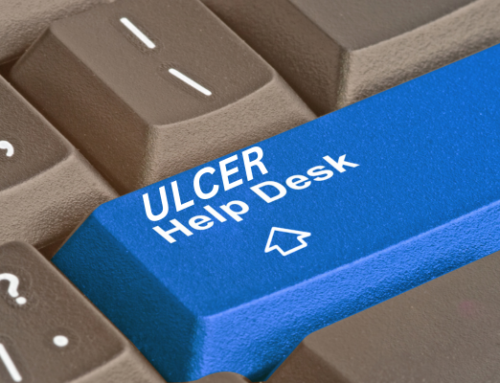The best way to prevent post-sepsis syndrome is to substantially reduce the number of patients who suffer from hospital-acquired sepsis. It is time for polyurethane and silicone central lines to be removed from the market with PICC lines and central lines available,” states Greg Vigna, MD, JD, national pharmaceutical injury attorney.
Dr. Yajun He explains in the article “Clinical characteristics and risk factors associated with ICU-acquired infections in sepsis: A retrospective cohort study” in the Journal Frontiers in Cellular and Infection Microbiology published in 2022:
“Of 16,808 included septic patients, 2,871 (17.1%) developed ICU-acquired infection. These patients with ICU-acquired infection had a 17.7% ICU mortality and 31.8% in-hospital mortality and showed a continued rise in mortality from 28 to 100 days after ICU admission.
Gram-negative bacteria, surgical ICU, tracheostomy, central venous catheter, urinary catheter, mechanical ventilation, red blood cell (RBC) transfusion, LODS score, and anticoagulant therapy were independent predictors of developing ICU-acquired infection in septic patients.”
Read Dr. He’s study: https://www.frontiersin.org/articles/10.3389/fcimb.2022.962470/full
Greg Vigna, MD, JD, national pharmaceutical injury attorney, “I managed hospital-acquired bloodstream infections caused by central lines, PICCs, and midlines. Line sepsis will take a patient off their normal course of recovery and send them to an abyss. Amputations, multi-system organ failure, and critical illness polyneuropathy.”
Dr. Vigna continues, “Hospital-acquired bloodstream infections lead to significantly increased risks of long-term sepsis sequelae. One-third of hospital-acquired bloodstream infections are caused by central lines, PICCs, and midlines caused by polyurethane and silicone PICC lines, which are defective products because there are safer materials that reduce the risk of infection.”
Dr. Vigna concludes, “Sepsis survivors and the future survivors deserve access to super hydrophilic technology for central lines and PICC lines that reduce the risk of bacterial line infections and sepsis. This technology has been available for over a decade. We have the alliance of national pharmaceutical injury attorneys to take on the manufacturers of polyurethane and silicone venous catheters because they are choosing profits over patient safety.”
Dr. Vigna is a California and Washington DC lawyer who represents those with serious injuries caused by defective medical devices including PICC lines, midlines, central lines, and MedPorts. He represents the injured with the Ben Martin Law Group, a national pharmaceutical injury law firm in Dallas, Texas. The attorneys are product liability and medical malpractice attorneys, and they represent the most injured across the country and have alliances with attorneys across the country to prosecute these product liability cases.”




